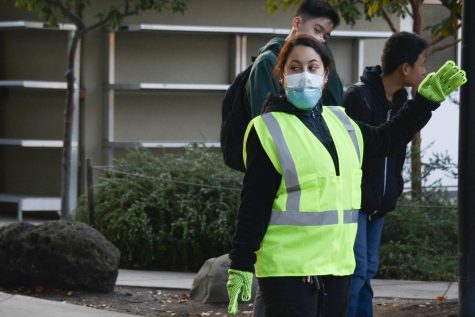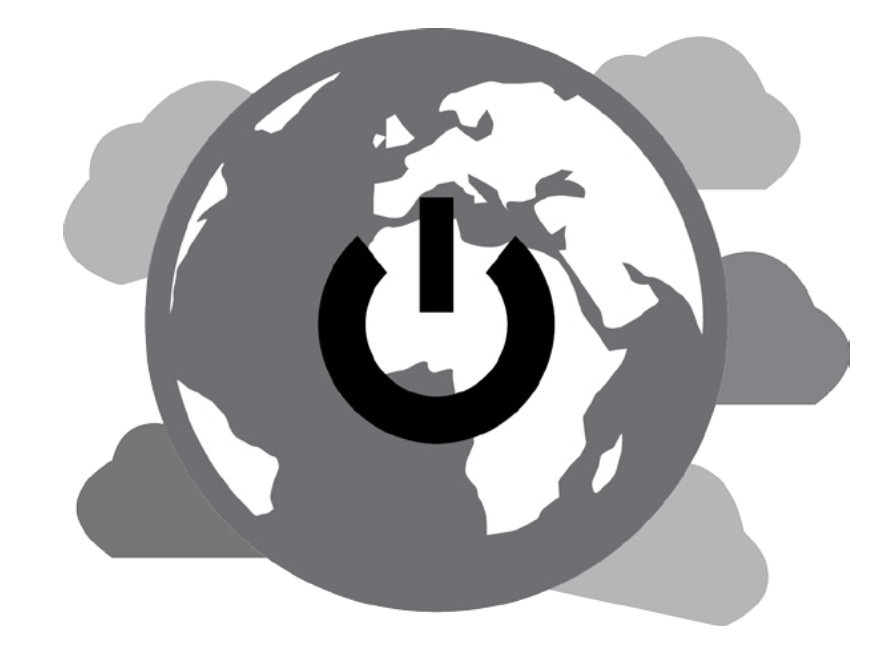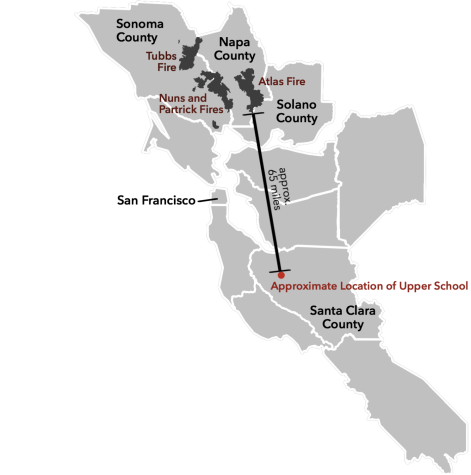Global Reset
California faces wildfires
November 18, 2017
The recent California wildfires have destroyed over 504,600 acres of land; more than 100,000 people have been evacuated from their homes and at least 40 people died. 2017 is ranked as the ninth worst hurricane season according to Weather Underground resulting in debate over whether climate change is the cause of the natural disasters.
“We’re pretty vocal in the fact that we believe that there is a correlation between climate change and increase in fire activity. We know that fire seasons now amount 70+ days longer than they have been traditionally,” battalion chief and information officer for California Department of Forestry and Fire Protection Jonathan Cox said. “So that means more days that fires are burning in California – they’re burning hotter, they’re burning larger, and they’re becoming more destructive.”
This has been the third deadliest fire season in California’s history, causing $3 billion in damages. Natural disasters such as wildfires can devastate lives.
“My dad was hosing down his roof, in case any embers were to fall, so they wouldn’t start new fires, so everyone in his community just spent the day hosing down their property to make sure no new fires started,” theater teacher Jeffrey Draper said. “So many people that I’m aware of have direct contact and have lost their belongings.”
According to California Department of Forestry and Fire Protection, four of the recent wildfires have been ranked in the top 20 most destructive California wildfires, including Tubbs, which destroyed 36,807 acres of land and 5,643 structures in Sonoma county, and also caused 21 deaths. As a result, damages and losses from residential and commercial property, agriculture and watercraft totaled to 3.3 billion dollars according to the California Department of Insurance.
Over 100,000 people evacuated their homes as a result of the wildfires. A state of emergency was declared for the counties of Napa, Sonoma, Yuba, Butte, Lake, Mendocino, Nevada, Orange and Solano County.
“We evacuated a 100,000+ people over the course of the fire siege in northern California, and over 8,000 structures were lost, majority of those being residential homes,” Cox said. “The correlation between climate change and loss of both property and life is pretty stark and real.”
The smoke from the fires led to the worst ever air pollution on record for Northern California, with the air quality index score in Napa county hitting 486 (anything above 201 is considered very unhealthy). The polluted air also spread to the Bay Area, resulting in cancelled sports practices, indoor lunches and other affected activities at Harker and other several other local schools.

A crossing guard protects herself from the smoke in the morning air by wearing a face mask. Residents in the Bay Area were advised to limit their exposure to the particulate matter in the outside air as much as possible.
Unlike other natural disasters, wildfires are usually caused by humans, so measures can be taken to prevent wildfires with such large impact in the future.
“Check to make sure you don’t have any trees growing into power lines, because I know that the power lines were considered to be the cause to the recent fires in Northern California,” Moss said. “Also to keep brush down, foliage, extra things that are around, it’s important especially in areas that have land around them, that you make sure you clear all unnecessary brush away.”
Predictive services from the National Interagency Fire Center suggests that California will remain the focus of periodic bursts of fire throughout November and December, due to dry drought conditions.
This piece was originally published in the pages of the Winged Post on November 16, 2017.


















![“[Building nerf blasters] became this outlet of creativity for me that hasn't been matched by anything else. The process [of] making a build complete to your desire is such a painstakingly difficult process, but I've had to learn from [the skills needed from] soldering to proper painting. There's so many different options for everything, if you think about it, it exists. The best part is [that] if it doesn't exist, you can build it yourself," Ishaan Parate said.](https://harkeraquila.com/wp-content/uploads/2022/08/DSC_8149-900x604.jpg)




![“When I came into high school, I was ready to be a follower. But DECA was a game changer for me. It helped me overcome my fear of public speaking, and it's played such a major role in who I've become today. To be able to successfully lead a chapter of 150 students, an officer team and be one of the upperclassmen I once really admired is something I'm [really] proud of,” Anvitha Tummala ('21) said.](https://harkeraquila.com/wp-content/uploads/2021/07/Screen-Shot-2021-07-25-at-9.50.05-AM-900x594.png)







![“I think getting up in the morning and having a sense of purpose [is exciting]. I think without a certain amount of drive, life is kind of obsolete and mundane, and I think having that every single day is what makes each day unique and kind of makes life exciting,” Neymika Jain (12) said.](https://harkeraquila.com/wp-content/uploads/2017/06/Screen-Shot-2017-06-03-at-4.54.16-PM.png)








![“My slogan is ‘slow feet, don’t eat, and I’m hungry.’ You need to run fast to get where you are–you aren't going to get those championships if you aren't fast,” Angel Cervantes (12) said. “I want to do well in school on my tests and in track and win championships for my team. I live by that, [and] I can do that anywhere: in the classroom or on the field.”](https://harkeraquila.com/wp-content/uploads/2018/06/DSC5146-900x601.jpg)
![“[Volleyball has] taught me how to fall correctly, and another thing it taught is that you don’t have to be the best at something to be good at it. If you just hit the ball in a smart way, then it still scores points and you’re good at it. You could be a background player and still make a much bigger impact on the team than you would think,” Anya Gert (’20) said.](https://harkeraquila.com/wp-content/uploads/2020/06/AnnaGert_JinTuan_HoHPhotoEdited-600x900.jpeg)

![“I'm not nearly there yet, but [my confidence has] definitely been getting better since I was pretty shy and timid coming into Harker my freshman year. I know that there's a lot of people that are really confident in what they do, and I really admire them. Everyone's so driven and that has really pushed me to kind of try to find my own place in high school and be more confident,” Alyssa Huang (’20) said.](https://harkeraquila.com/wp-content/uploads/2020/06/AlyssaHuang_EmilyChen_HoHPhoto-900x749.jpeg)







